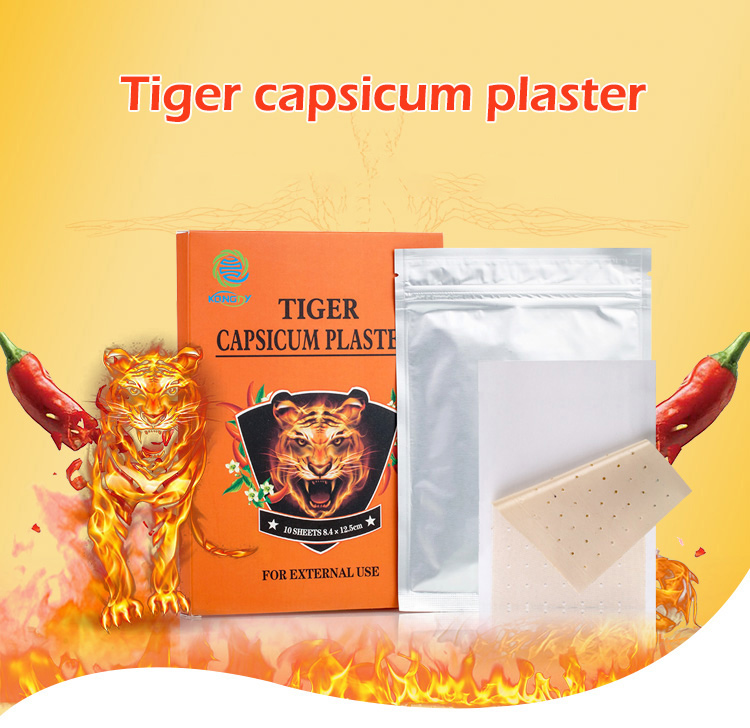Author:Kangdi 15-05-2024
As the use of capsicum plasters for pain relief continues to gain popularity, it is crucial to ensure that these products meet the necessary regulatory requirements to guarantee safety and efficacy for consumers. Regulatory bodies around the world have established guidelines and standards to oversee the development, manufacturing, and marketing of capsicum-based topical formulations. In this article, we analyze the essential regulatory compliance considerations for capsicum plasters.
01. Active Ingredient Regulations
Capsaicin, the active ingredient in capsicum plasters, is derived from chili peppers and is subject to specific regulations. Regulatory agencies typically require detailed information on the source, extraction methods, and purity levels of the capsaicin used in the product formulation. Additionally, there may be restrictions on the maximum allowable concentration of capsaicin in topical formulations to ensure consumer safety.
02. Product Classification
The classification of capsicum plasters can vary depending on the regulatory body and the specific formulation. In some regions, these products may be classified as over-the-counter (OTC) medications, while in others, they may fall under the category of medical devices or cosmetics. The product classification determines the specific regulatory requirements for manufacturing, labeling, and marketing.
03. Manufacturing Standards
Capsicum plasters must be manufactured in accordance with stringent quality control and good manufacturing practices (GMP) to ensure consistency, purity, and safety. Regulatory agencies typically require detailed documentation on the manufacturing process, including raw material sourcing, quality testing, and validation of production methods.
04. Labeling and Packaging Requirements
Clear and accurate labeling is essential for capsicum plasters to ensure proper usage and to minimize the risk of adverse events. Regulatory bodies often mandate specific labeling requirements, including product information, warnings, instructions for use, and expiration dates. Additionally, packaging materials and design may be subject to regulations to protect the product's integrity and prevent tampering.
05. Clinical Studies and Safety Data
Before capsicum plasters can be approved for market entry, regulatory agencies may require comprehensive clinical studies and safety data to evaluate their efficacy and potential risks. These studies typically assess factors such as skin irritation, systemic absorption, and potential interactions with other medications or medical conditions.
06. Post-Marketing Surveillance
Even after a capsicum plaster has been approved for market, regulatory bodies may require post-marketing surveillance to monitor its safety and performance in real-world use. This may involve reporting of adverse events, periodic safety reviews, and ongoing compliance with quality control and manufacturing standards.
07. Regional and International Harmonization
As capsicum plasters gain global recognition, there is a growing need for harmonization of regulatory requirements across different regions and countries. Initiatives such as the International Council for Harmonisation (ICH) and the Association of Southeast Asian Nations (ASEAN) Cosmetic Directive aim to streamline regulatory processes and facilitate the movement of products across borders.
Compliance with regulatory requirements is not only a legal obligation but also a critical aspect of ensuring the safety and efficacy of capsicum plasters. Manufacturers must stay up-to-date with the latest regulations and work closely with regulatory bodies to ensure their products meet the necessary standards. By adhering to these regulatory compliance essentials, companies can provide consumers with safe and effective capsicum-based pain relief solutions while maintaining public trust and confidence in their products.
 0086 19937104978
0086 19937104978





